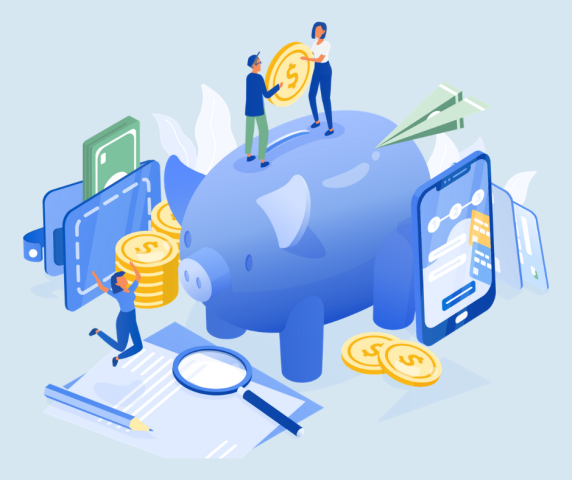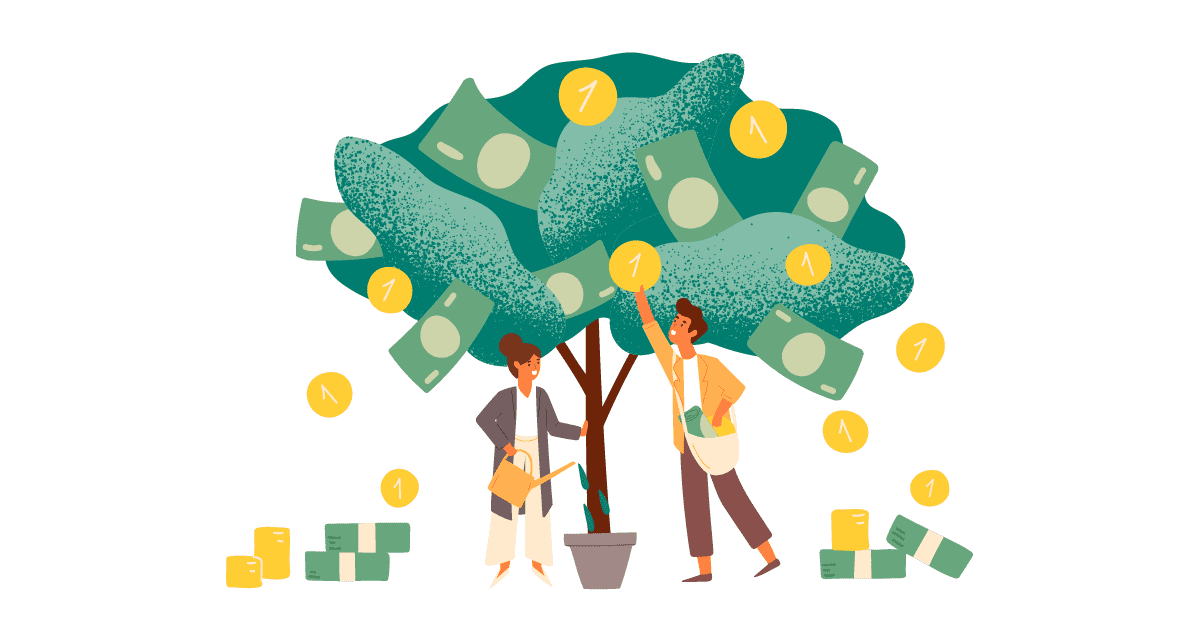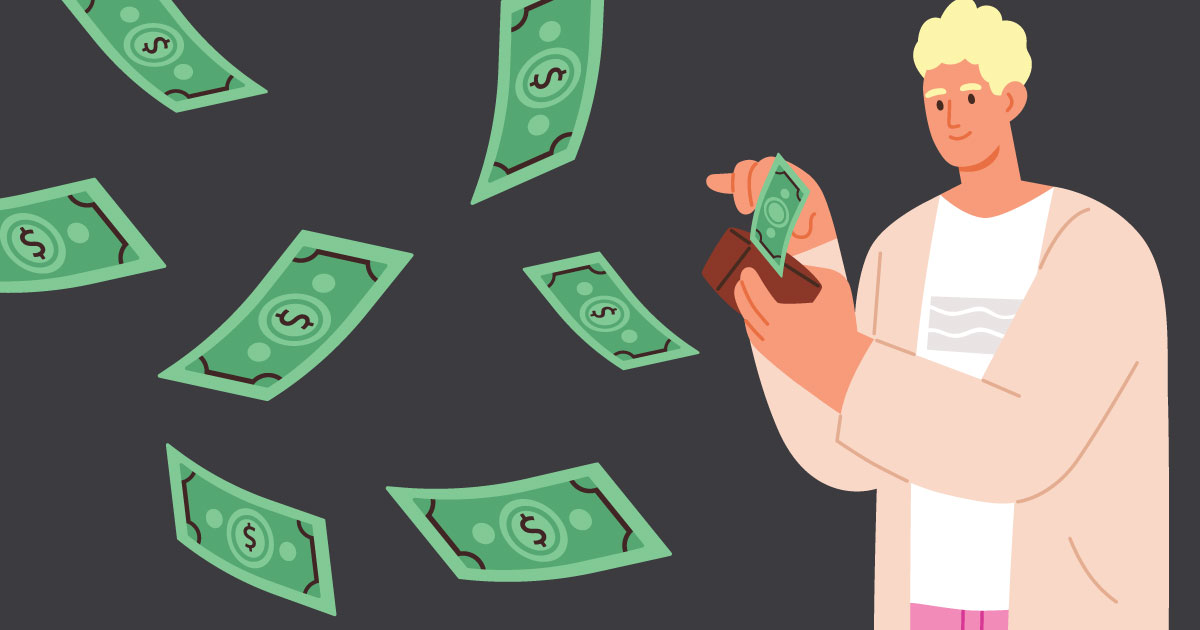- Guest Contributor
- November 24, 2020
In the gig economy, it can be feast or famine. You might make a lot of money one month, and then have a month or two where you don’t see a lot of money coming in. That irregular income often makes it hard to save for a rainy day. But you don’t have to struggle all the time or wonder where the money to pay your bills is actually going to come from. Here’s what to consider, so you can maximize your savings as a gig worker.
Identify Your Expenses
Before you can really save, you need to know how much you’re actually spending. Gig work isn’t always reliable, but if you know how much you absolutely need to make you can be more prepared to meet your expenses head-on. This can include rent, bills, childcare, groceries, insurance, taxes, and any other expenses you have, such as credit card bills or a car payment. Add them all up, and you’ll know the bare minimum you have to make each month so you can make all your payments and not fall behind.
If the number seems high, take a look at what you might be able to reduce. Is your cable bill out of control? Spending too much money at Starbucks? Those are areas where you can reduce your costs and lower your bills, so you’ll have more flexibility to maximize your savings.
Create a Buffer
Putting money aside to protect you from lean times is a critical part of handling finances when you’re freelancing. Ideally, you should put aside three times your monthly expenses. That means you could, technically, pay your bills for three months even if you didn’t have any money coming in. While it can take some time to build up to that level, it’s a goal you can reach if you work toward it diligently.
Once you have a buffer, you can relax a little. But don’t get complacent. You could find yourself having to cut into your discretionary spending pretty quickly, or needing to get into the money you just added to savings, if you’re not being careful. You want to continue to work toward making enough to pay your bills each month, so you don’t need to get into the savings you’re starting to build. To maximize your savings, your savings goals should be longer-term goals, not short-term holds on some money so it can get spent on something else.
Plan Your Paychecks
In a gig economy you can’t always control how much you make, but you can still try to plan your work and your paychecks as much as possible. After all, you’ll know exactly how much you need to make every month to cover your bills. From there, you just need to focus on the extra money that you’re making. By dividing it between your savings and your discretionary spending, you can create a cushion in your bank account and still have money to enjoy, as well.
Once you have some money saved up, don’t use it unless you really need it — and remember that need isn’t usually the same as want. The funds you have in a savings account will help you when you’re having trouble finding work or when you have an unforeseen emergency. They aren’t there to take a vacation or purchase a new wardrobe. That money should come from what you put aside for discretionary spending, and not from your savings. By making sure you save fully and carefully, you’ll be more prepared as a gig worker and can better protect your finances for the long term.
About the Author: Michelle Dakota Beck has worked as a professional freelance writer since the 1990s. During that time she has written everything from product descriptions to full-length books. Her areas of specialization include real estate, home services, legal topics, relationships, family life, and mental health issues. You can find her on WriterAccess.










